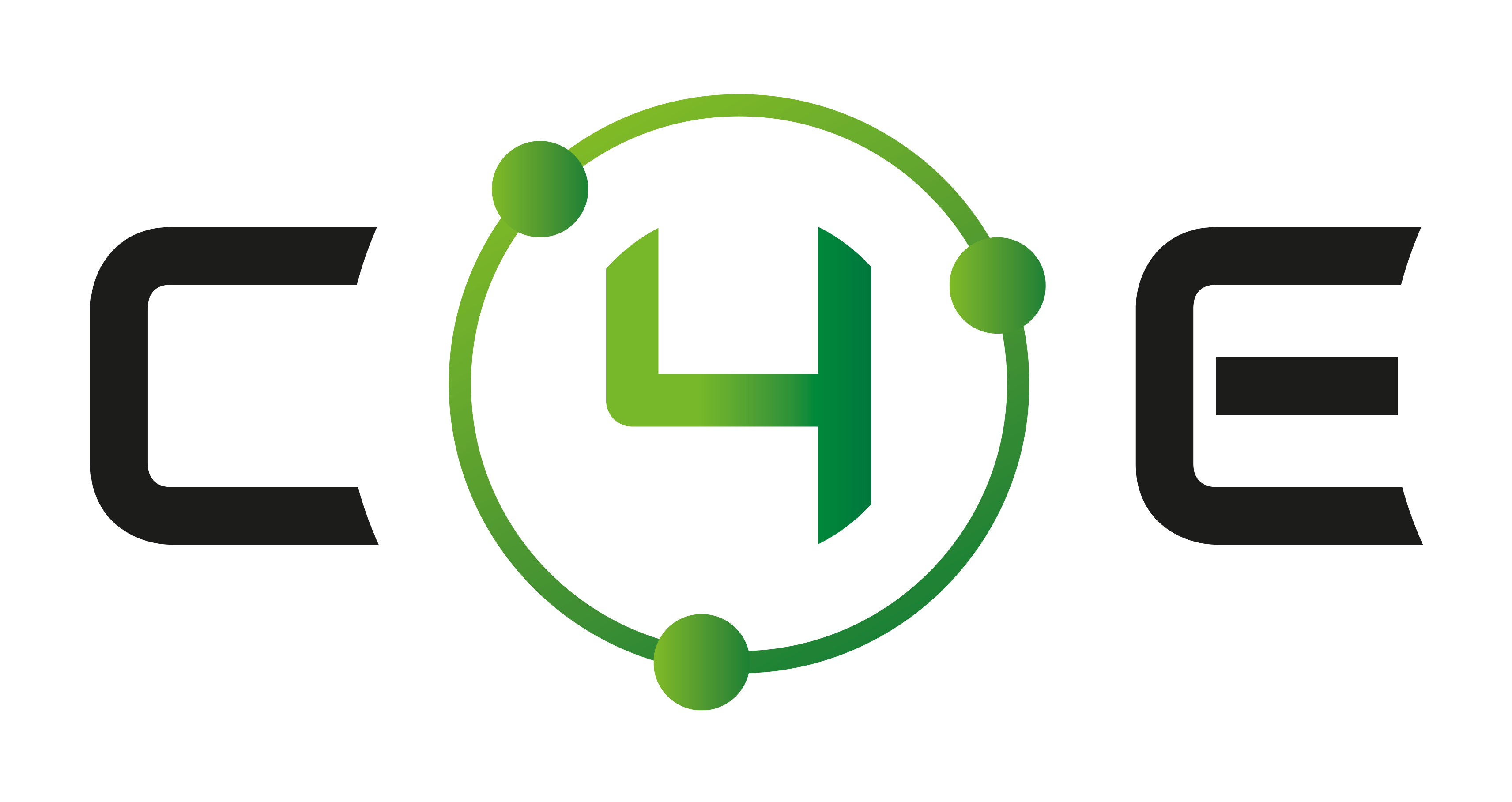Run a Validator
Run a Validator
Becoming a validator
Once you've properly set up a full node, if you wish you can become a validator node and
start in earning by validating the chain transactions.
Requirements
If you want to become a C4E validator you need to:
Be a full node and cosmovisor up
If you are not, please follow the full node configuration guide and Cosmovisor setupNode must be synchronized
c4ed status | jq .SyncInfo.catching_up
Command above should return
false
- Own enough tokens.
To become a validator you need at least 2[c4e] token to create the validator, and for transaction fee
1. Add wallet key
Inside the testnet you can use the Ledger, but you can also use the wallet software with the c4ed.
However, if you wish to use Ledger, please add the --ledger flat to any command.
Warning
Please remember to copy the 12 words seed phrase in a secure place.
They are your mnemonic and if you loose them you lose all your tokens and the whole access to your validator.
Create the first wallet with the following command
c4ed keys add <KEY_NAME>
# Enter a password that you can remember
The output of the command will provide the 24 words that are the mnemonic.
Create two wallet one for validator and second for vesting account:
example
If you are using the Ledger device you must first connect it to your computer, start the commercionetworkd application and run the command
c4ed keys add <KEY_NAME> --ledger
# Enter a password that you can remember
In this case the 12 words are not provided because they have already been configured in the Ledger initialization
c4e@c4e-fn1:~$ c4ed keys add validator
Enter keyring passphrase:
Re-enter keyring passphrase:
- name: validator
type: local
address: c4e1atqq8lmeptgn2jlx2q8r42p572yhh6lzle7vng
pubkey: '{"@type":"/cosmos.crypto.secp256k1.PubKey","key":"A8D47crCW+YkFGduj6brpuzectp3D61xRIx/qbEGGTif"}'
mnemonic: ""
c4e@c4e-fn1:~$
c4e@c4e-fn1:~$ c4ed keys add vesting
Enter keyring passphrase:
If you dont have token faucet for testnet available on:
https://faucet-testnet.c4e.io/
What is a Validator?
Validators are responsible for committing new blocks to the blockchain through voting. A validator's stake is slashed if they become unavailable or sign blocks at the same height. Please read about Sentry Node Architecture to protect your node from DDOS attacks and to ensure high-availability.
Warning
If you want to become a validator for mainnet, you should research security.
Create Your Validator
Your c4evalconspub consensus public key fron tendermint can be used to create a new validator by staking tokens. You can find your validator pubkey by running:
c4ed tendermint show-validator
To create your validator, just use the following command:
c4ed tx staking create-validator \
--amount=1000000uc4e \
--pubkey=$(c4ed tendermint show-validator) \
--moniker=<MONIKER> \
--chain-id=<CHAIN_ID> \
--commission-rate="0.10" \
--commission-max-rate="0.20" \
--commission-max-change-rate="0.01" \
--min-self-delegation="1" \
--gas="auto" \
--from=<KEY_NAME>
Tips
When specifying commission parameters, the commission-max-change-rate is used to measure % point change over the commission-rate. E.g. 1% to 2% is a 100% rate increase, but only 1 percentage point.
Tips
Min-self-delegation is a stritly positive integer that represents the minimum amount of self-delegated voting power your validator must always have. A min-self-delegation of 1 means your validator will never have a self-delegation lower than 1000000uc4e
You can confirm that you are in the validator set by using a explorer.
Troubleshooting
If you inspect your create-validator transaction in the explorer, and see the following error:
out of gas in location: WritePerByte; gasWanted: 177140, gasUsed: 177979: out of gas
Please try subsituting:
--gas="auto" \
--gas-prices="0.0025uc4e"
with
--gas=<value significantly larger than gasUsed value from the error>
Confirm Your Validator is Running
Your validator is active if the following command returns anything:
c4ed query tendermint-validator-set | grep "$(c4ed tendermint show-validator | jq .key | tr -d \")"
You should now see your validator in one of the block explorers. You are looking for the bech32
encoded address in the ~/.c4e-chain/config/priv_validator_key.json file.
Tips
To be in the validator set, you need to have more total voting power than the 50th validator.

